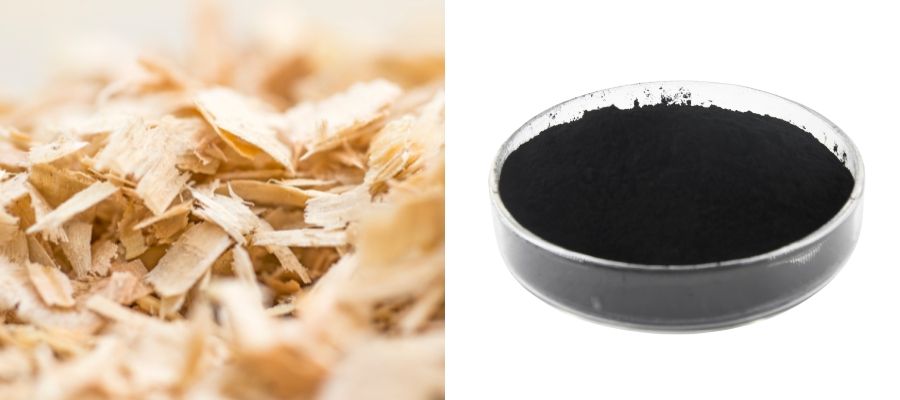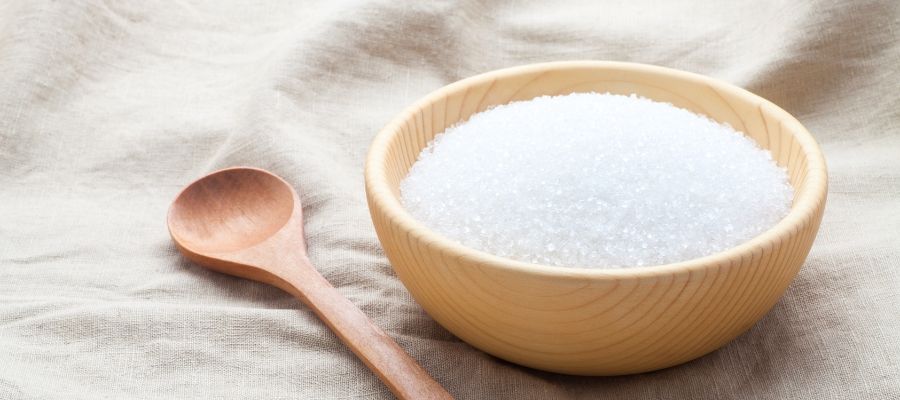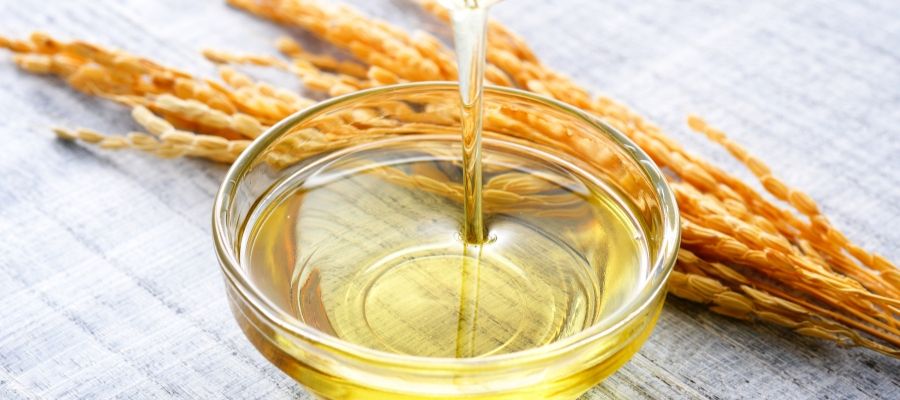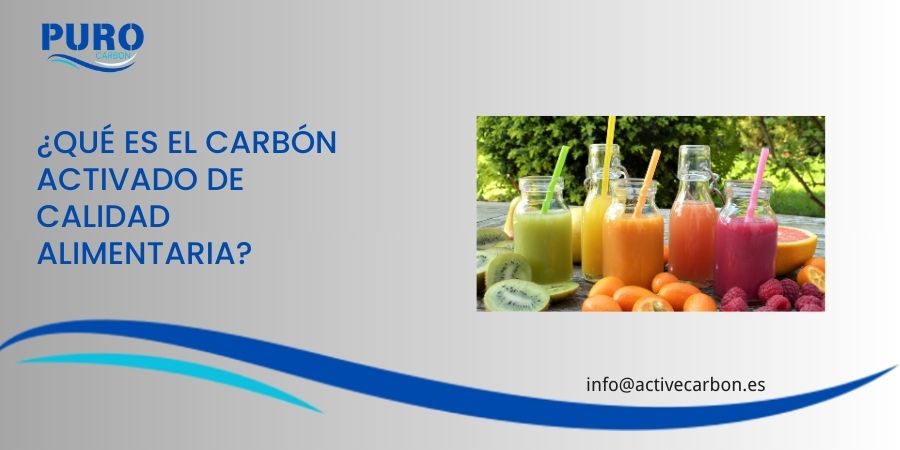Food grade activated carbon is a key component in the modern food industry, used for the purification and enhancement of various food and beverage products. This multifunctional and highly efficient material has revolutionized production processes, ensuring the quality and safety of the food we consume every day.
In this article, we will examine in detail what food grade activated carbon is, its unique characteristics, main applications and the benefits it brings to the food industry. Let's discover how this powerful natural adsorbent is improving the quality of our food and beverages.
What Is Food Grade Activated Carbon?

Food grade activated carbon is a type of activated carbon that has been treated and purified to meet the strict safety and quality standards of the food industry. This type of activated carbon is mainly made from natural raw materials such as coconut shells or wood, the main raw material used in the production of food grade activated carbon. wood activated carbon especially appreciated in the food industry due to its high purity and low ash content.
The production process of food grade activated carbon involves the controlled activation of the base materials, either by physical or chemical methods, to create a highly porous structure with a large internal surface area.
This unique characteristic gives activated carbon an exceptional adsorption capacity, allowing it to capture and retain a wide range of impurities, unwanted compounds and contaminants.
Main Characteristics Of Food Grade Activated Charcoal
- High purityFood grade activated carbon undergoes a rigorous purification process to remove any impurities that could contaminate food.
- Large surface areaWith a surface area ranging from 500 to 1500 m²/g, it offers outstanding adsorption capacity.
- Porous structureIt contains a network of micropores, mesopores and macropores that allows the adsorption of molecules of different sizes.
- SecurityFood safety: Complies with food safety regulations, without introducing harmful substances into food products.
- VersatilityEffective in removing a wide range of compounds, from unwanted odors and flavors to chemical contaminants.
Main Food Grade Activated Carbon Applications
Food grade activated carbon has many applications in the food and beverage industry. Below are some of the most prominent ones:
Sugar bleaching and purification

The use of activated carbon in the sugar industry is one of the best known. It is used for:
- Remove impurities and pigments from sugar syrups.
- Improve the quality and appearance of refined sugar.
- Reduce colorants during the production of white sugar.
Activated carbon effectively adsorbs the compounds responsible for the coloration, producing a purer and more visually appealing final product.
Improved taste in beverages

In the beverage industry, food grade activated carbon plays a crucial role:
- Eliminates unwanted odors and flavors in bottled water.
- Purifies and improves the flavor of alcoholic beverages such as vodka and whiskey.
- Reduces impurities in the production of juices and soft drinks.
Its ability to adsorb volatile organic compounds (VOCs) and other contaminants ensures that beverages taste clean and consistent.
Request a QuotePurification of edible oils and fats

In the processing of edible oils and fats, activated carbon is used for:
- Eliminate impurities and compounds responsible for unpleasant odors.
- Improve the color and stability of cooking oils.
- Reduce the presence of contaminants such as pesticides or heavy metals.
This results in higher quality oils with a longer service life.
Elimination of mycotoxins
Food grade activated carbon is highly effective in the elimination of mycotoxins, toxins produced by fungi that can contaminate foods such as grains, nuts and spices. Its use helps to:
- Reduce levels of aflatoxins and other mycotoxins in food.
- Improve food safety of products susceptible to fungal contamination.
Wine and juice clarification
In the wine and juice industry, activated carbon is used for:
- Eliminate compounds that cause turbidity.
- Improve the clarity and brightness of wines and juices.
- Correct color defects in certain types of wine.
Decaffeinated

Activated charcoal plays an important role in the process of decaffeinated coffee and tea. It is used for:
- Selectively adsorb caffeine from extraction solutions.
- Produce decaffeinated versions of popular beverages without seriously affecting their taste.
Benefits of Food Grade Activated Charcoal
The use of food grade activated carbon in the food industry offers numerous benefits:
- Natural purificationPurification: Provides a method of purification without the use of aggressive chemicals.
- VersatilityEffective in a wide range of applications and food types.
- SecurityMeets strict food safety standards.
- Quality improvementHelps to improve the flavor, aroma and appearance of food products.
- EconomicFood purification: Offers a cost-effective solution to many purification challenges in the food industry.
- SustainabilityAs a natural and renewable product, it contributes to more sustainable production practices.
Conclusion
Food grade activated carbon is an integral part of the modern food industry, from decolorizing sugar to removing contaminants from oil and improving the taste of beverages; its versatility and effectiveness make it an indispensable ingredient for food and beverage manufacturers.
We offer the highest quality food grade activated carbon, if you are looking to improve your food production processes or need advice on the use of activated carbon in your products, contact us today at info@activecarbon.es to learn more about our food grade activated carbon products.
Frequently Asked Questions
Yes, when used properly and in compliance with applicable regulations, food grade activated carbon is safe for use in food products.
Food grade activated carbon undergoes an additional purification process and meets stricter standards for purity and safety, ensuring its suitability for food applications.
Although it is highly effective in removing many impurities, especially organic compounds, its effectiveness may vary depending on the specific nature of the contaminants and the conditions of use.
The frequency of replacement depends on several factors, such as the type of application, contaminant load and product specifications. It is important to follow the manufacturer's recommendations and perform regular tests to determine the optimum replacement time.
Generally, when used correctly, food grade activated carbon does not significantly affect the nutritional value of food. Its primary function is to remove impurities and unwanted compounds, not essential nutrients.
